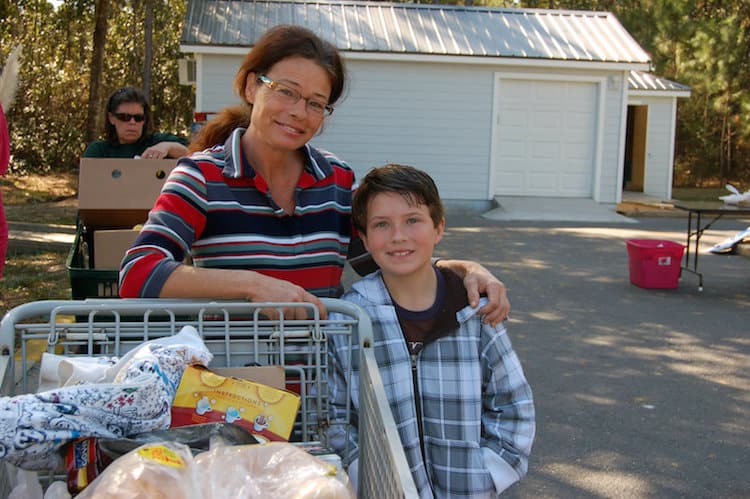Bay Area Food Bank (BAFB) works through partner organizations and special programs to provide nutritious food to the community and to help prevent large quantities of food waste. BAFB’s programs focus on education, rescuing discarded food, operating a community garden, and disaster relief.
Food Tank had the opportunity to speak with Vanessa Cochran, Donor Resource Manager at the Bay Area Food Bank.
Food Tank (FT): How do you contribute to creating a better food system?
Vanessa Cochran (VC): As a member of Feeding America, and a United Way Partner, Bay Area Food Bank works to meet the challenge of feeding people who are hungry as a result of personal crisis or disaster. Bay Area Food Bank also educates the public regarding domestic hunger, proper nutrition and other related issues. The food bank rescues millions of pounds of food from going to waste every year.
FT: What is a project, program, or result you are most proud of? Please explain.
VC: Between 2013 and 2014, food donations through our Retail Store Level Pickup Program increased by 65 percent. The Retail Store Level Pickup Program gives the food bank and its agencies access to fresh foods such as produce, dairy, meat and bread. The program, created on the national level by Feeding America, partners retail grocery chains with local food banks. When stores have slightly damaged product or product nearing its expiration date, they pull it from shelves and instead of disposing of it, they donate it to their local food bank. In 2014, 160 stores along the Central Gulf Coast donated over 12 million pounds of food to the food bank through this program. Instead of going to waste, the food bank was able to distribute this food to those in need.
FT: What are your goals for 2015 and beyond?
VC: Bay Area Food Bank’s goal is to increase food donations through the Retail Store Level Pickup Program by 5 percent each year, sourcing over 15 million pounds by 2020. The Retail Store-Level Pickup Program is our primary source for nutritious food, which we are prioritizing over processed foods and sodas. We are also building our gleaning program, working with local farmers to capture any crops that may otherwise go to waste, with the goal of increasing the amount of local produce available to communities in need. By distributing more nutritious food, we are fighting hunger as well as rising obesity rates in our service area.
FT: In one sentence, what is the most important thing eaters and consumers can do today to support a more sustainable food system?
VC: Eat more vegetables grown locally.
FT: How can individuals become more involved in your organization?
VC: Bay Area Food Bank could not operate without donations of time, money and food from the community. From sorting food donations to gleaning at farms, there are a myriad of ways for people to contribute. Our website, www.bayareafoodbank.org, has more information about all of our programs and how individuals can get involved. Or contact our Volunteer Manager, Missy Busby, at mbusby@bayareafoodbank.org or 251-653-1617 ext. 147.
Download the 2015 Good Food Org Guide HERE.















